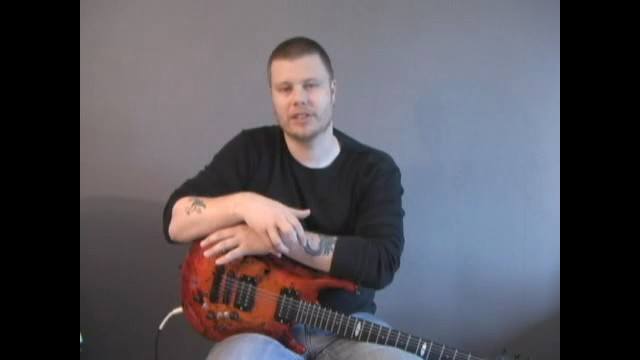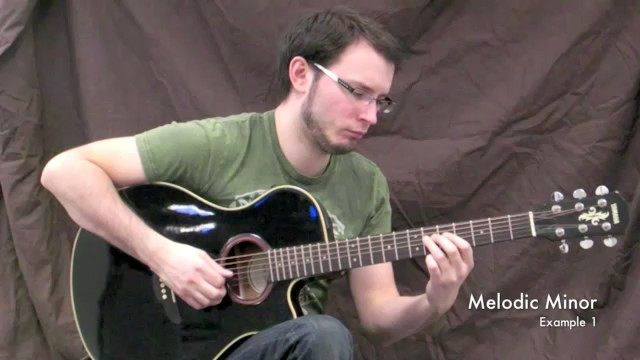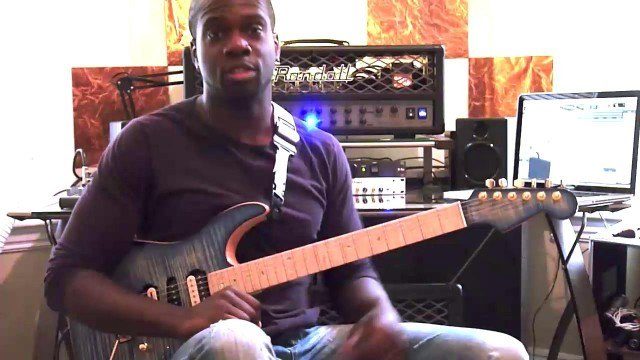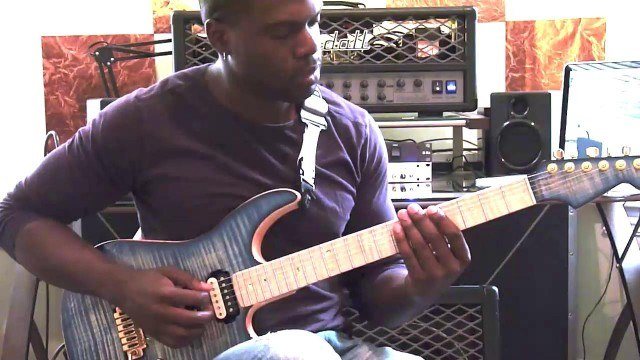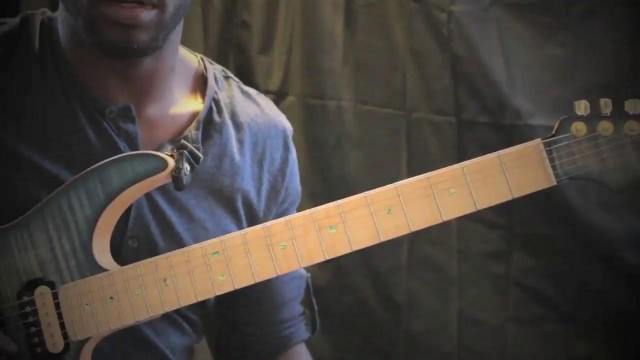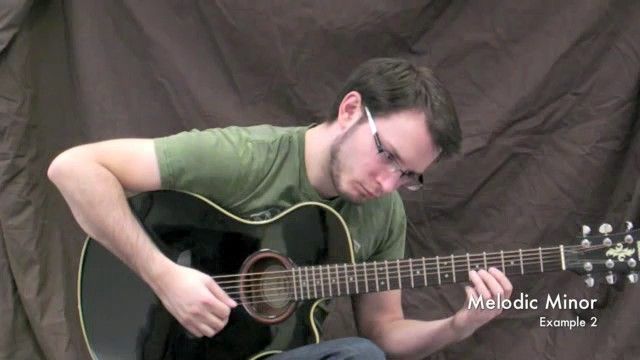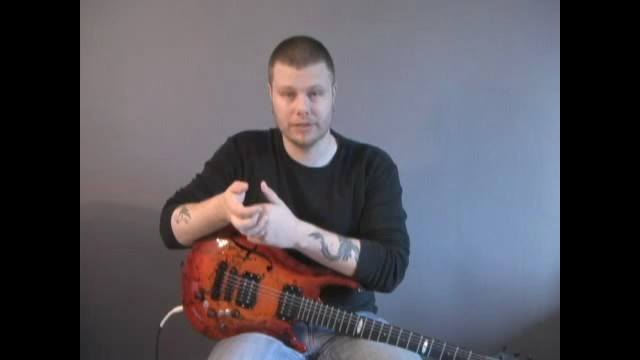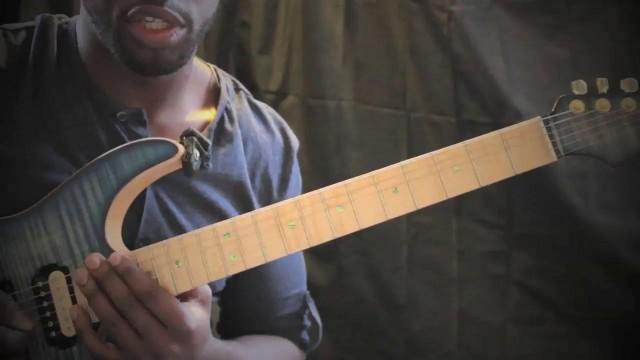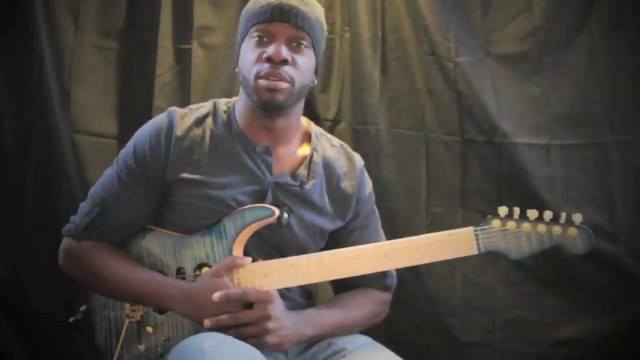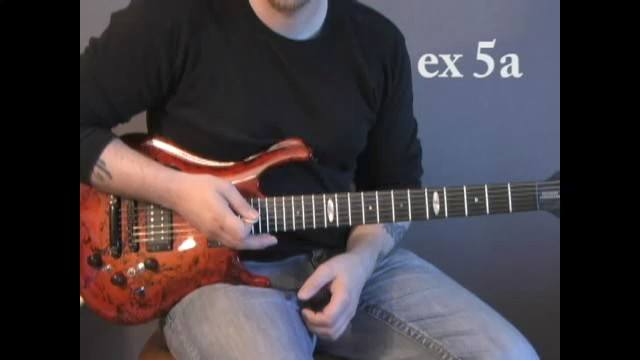Now that you have that down, it’s time to take it to the next level. You should now start practicing this method, choosing new areas of the neck to cover. Say you choose to cover the area of 10-15th fret. If we are in the same progression, A, D, C, G, then what would the corresponding boxes be? Answer is A=4th, D=1st (you could also use the second, your choice, they both fall within the area), C=2nd and G=4th.
Here is where the deck of cards comes into play. You take out all the non-clad cards and write all the 12 chromatic notes on them, they mix them up, and “deal” yourself a progression, record it and get going!
The friend-approach is different. Here you will agree to a starting point, and an area, let’s say A and the 4th-9th fret as we have worked with. Then your friend will play 4 bars of each, but when he has played 2 bars for you, he calls out the name of the key to which he will change after 4 bars, so you have time to think and prepare. This approach is much more random and much harder of course, but a truly great exercise!
If you have some sort of computer or synth-program that can generate random chords, you could possibly work something similar out there, but nothing ever replaces playing with someone else, since while it is your time to play the chords, you can listen and learn by observing what you friend does.
The next step is to take this all over the neck! You will improvise freely across the whole neck, using everything you learned in the Unlocking the Fretboard tutorial. But when the change comes, you must stay in the area of the neck where you currently are, and make that superimposed change then and there, before continuing ripping up the neck.
I wish you good luck with all of this, and I hope to see you again in the next part of my improvisational series, the Timing and Note Value Alteration tutorial.
Keep your groove on!


